The recovery of India’s inbound tourism sector has begun but albeit slowly. Global challenges like the Russia-Ukraine conflict and recession fears are likely to hit any aspirations to reach pre-pandemic international arrival numbers.
One segment that has the potential to lead India’s recovery toward buoyant inbound tourist numbers is medical tourism. Apart from state-of-the-art modern medical facilities, India’s traditional medical systems like ‘Ayurveda’ holds the country in good stead.
“We are actively looking into accelerating the healthcare and medical tourism sector in India. We have proposed SANJEEVANI India Heals, a meeting to promote India as the destination for wellness, pharma sourcing and superlative healthcare. The idea is to pitch India on the global platform as the most cost-effective and quality-conscious country for medical tourism,” stated Karan Rathore, Vice Chairman, Services Export Promotion Council.
India is also gearing up to grab a larger pie of the $80-bn medical tourism market. The Union Health Ministry is all set to launch the new initiative – ‘Heal in India’ – a new portal that is likely to be introduced on August 15.
Developed under the Ayushman Bharat Digital Mission, the portal will have a repository of healthcare professionals, and hospital services to help overseas patients seeking medical help in India.
The portal will provide details about the treatment package cost. Medical tourists will also be able to apply for visas from the same platform. Hospitals and visa offices will get in touch with the patients once they receive the request through the online platform.
Like other tourism segments, medical tourism was also hit by the onset of the pandemic.
Danish Ahmed, Co-Founder and CEO of Healthtrip, a health travel company that facilitates the treatment of foreign patients in India, said only 10 percent of its patients were able to fly to the country since flights were restricted earlier due to the pandemic.
However, with pandemic situation in control now, sentiments are up again.
For Fortis Healthcare, medical tourism accounted for 10 percent of their business before the COVID-19 pandemic. “Now, in terms of quantum, it has come back to the levels it was before the COVID levels. But, we have seen a growth in domestic business and a result of that the percentage-wise it is still around 7-8 percent,” said Ashutosh Raghuvanshi, MD & CEO, Fortis Healthcare.
According to estimates, the medical tourism market, which was valued at $6 billion in the 2020 fiscal year, is expected to more than double to $13 billion by 2026.
India traditionally has recorded an influx of medical patients from Bangladesh, Iraq, Maldives, Afghanistan, Oman, Yemen, Sudan, Kenya, Nigeria and Tanzania. These countries account for about 88 percent of the total international patients visiting India.
Ahmed of Healthtrip, which operates on a per-patient model, said his company was clocking an annual recurring revenue (ARR) of about $6 million in 2019 and is on track to close the financial year 2023 at an ARR of roughly $20 million. That number would more than double to reach roughly $50 million in FY24, he said, underscoring the potential in the industry. “We are currently bringing about 3,000 patients per month and looking to scale that up to 9,000 every month as we close this fiscal. Last year, we were serving just about 300 patients, but that number was also low because of the restrictions the pandemic brought about. There is great demand for Indian medical services from across the world,” Ahmed said while speaking to Financial Express.
Affordability of high-quality treatment is clearly the differentiator in the domain of medical tourism. There is a stark difference in the cost of common medical procedures offered in India in comparison with close competitors in the segment. As per industry estimates out of 19 medical procedures, ranging from heart bypass and spinal fusion to liposuction and IVF treatment, India records the lowest price in 13 of them and moderate price in the remaining 6. A heart surgery would roughly cost about $5,000 in India, $18,500 in Thailand and a whopping $100,000 in the US, all-inclusive.
The Ayurveda tourism sector in India has also received a boost with the Indian Prime Minister (Narendra Modi) recently sharing the government’s plan to introduce a new category ‘Ayush’ visa for foreigners planning to visit India for traditional treatments like Ayurveda.
“With this visa, it will make travel easier for accessing Ayush therapies (in India),” said PM Modi while speaking at the inaugural session of the Global Ayush Investment and Innovation Summit 2022 at Mahatma Mandir in Gandhinagar. He added that the Centre has a plethora of initiatives to encourage and promote the Ayush sector, including the establishment of a digital portal to connect medicinal plant farmers with Ayush product manufacturers.
The ongoing crisis in Sri Lanka is also likely to catapult the growth of Ayurveda wellness in the country. The island nation has been a major competitor in the field.
“What’s happening in Sri Lanka is unfortunate. We expect that international tourists who were earlier considering Sri Lanka for Ayurveda treatments will now consider India as an alternate option. We expect a good demand from key markets like Europe. Hopefully, we will reach the pre-pandemic business level by the beginning of October,” said Abhilash K Ramesh, Executive Director, Kairali Ayurvedic Group.
The economic and political turmoil in the island nation has led to violent street protests, turning international tourists away. As per the statistics available with the Sri Lanka Tourism Development Authority (SLTDA) – the total number of international tourist arrivals to Sri Lanka during June 2022 was 32,856. In comparison to March 2002, the international tourist numbers have plunged by almost 69 percent.
As per Ramesh, the Ayush visa category once introduced will help to give an insight into the exact number of international tourists visiting India for traditional treatments like Ayurveda and the potential vested in the segment.
Earlier this year, the Indian government allowed scheduled international flights to operate in the country. “The inbound tourism market in India is recovering slowly. In the absence of international business, we were focusing on the domestic markets. However, we have now started international marketing for the upcoming inbound season,” said Ramesh.
“More and more people from all around the world are turning towards healing therapies such as Ayurveda and Yoga to lead healthier and fitter lives. We anticipate an exponential growth of Ayurveda travel in Kerala. Thirty percent of the ₹45,000 crore tourism revenue in the state comes from the Ayurveda sector and the recently announced Ayush visas will give legitimacy to Kerala’s Ayurvedic legacy,” said Kamana Pereira, Head of Wellness Program, Namami Health Retreat.
Source:- Can medical tourism be saviour for India’s inbound sector? – Travel Trade Insider


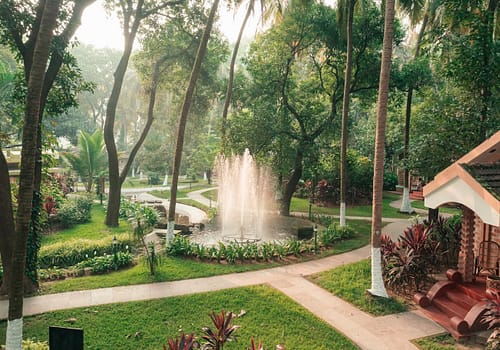
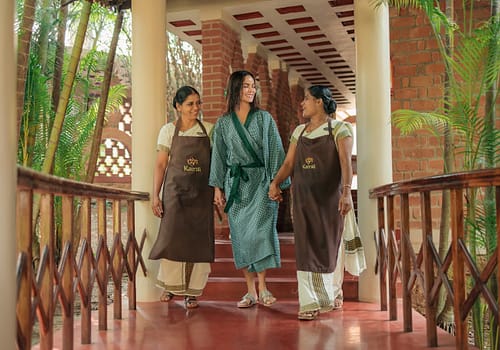
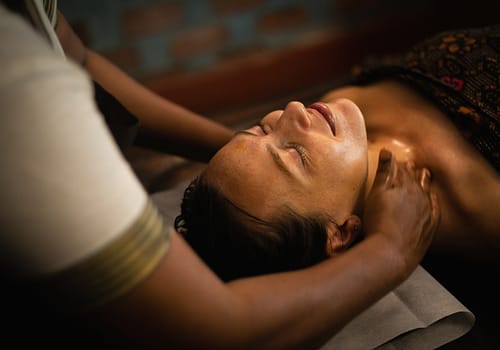
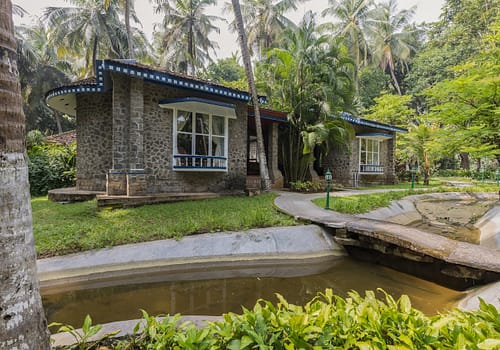
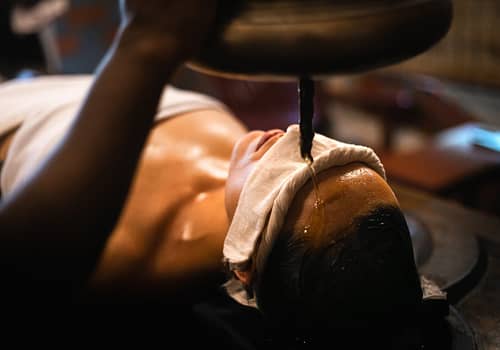
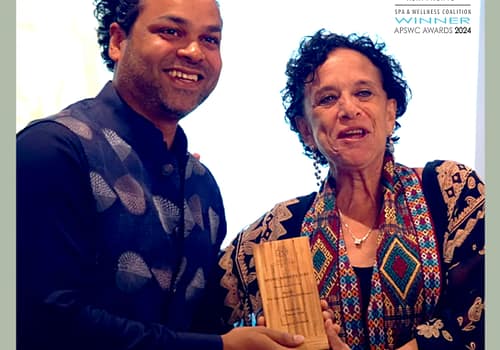







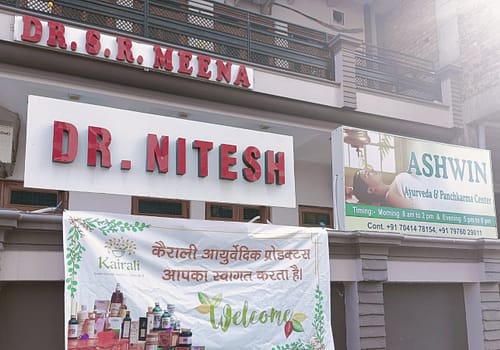
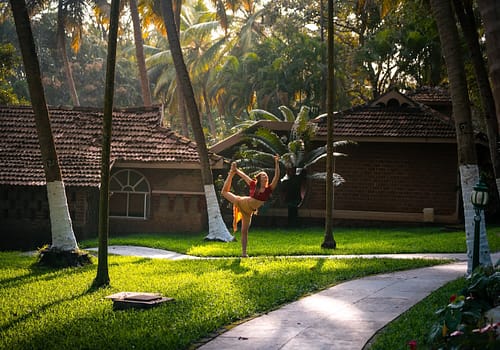














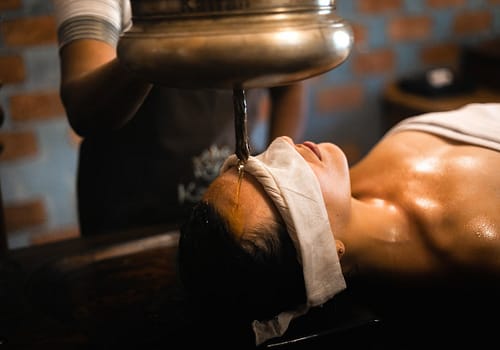











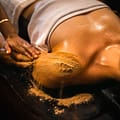


Leave a Reply